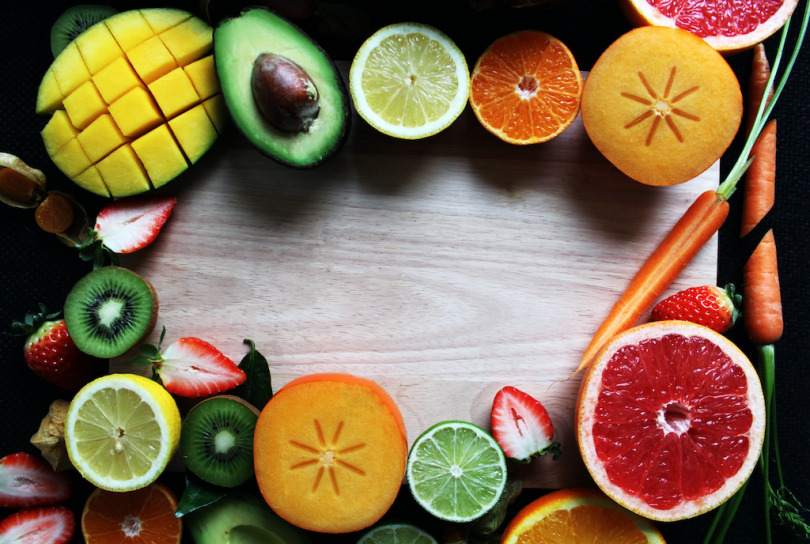New cannabis consumers are flooded with information and terminology that was once left in the science realm and is now on full display for the public–cannabinoids, terpenes, full-spectrum, isolate. It’s enough to boggle the mind. But learning about these key elements ensures an educated consumer who can make the best choices about the products they buy.
One such component of the cannabis plant that may be new to some is a category of phytonutrients found in nearly every plant that we consume–flavonoids.
There are over 6,000 flavonoids that have been identified in nature and about 20 of these can be found within the cannabis plant.[1] These phytochemicals are responsible for many of the beneficial qualities we associate with fruit and vegetable consumption and are full of antioxidants and anti-inflammatory properties. Flavonoids also give color to these plants alongside the health benefits they provide. In nature, flavonoids were developed within plant evolutionary biology to provide protection against predators and increase attraction for pollinating birds and insects.[2]
There are two flavonoids specific to cannabis that hold exciting potential for medicinal and therapeutic purposes. These are known as Cannflavin A and B and were first isolated in the mid-1980s.[3] Unique to the cannabis plant, these two prenylated flavonoids display anti-inflammatory properties that were found to be up to thirty times more effective than aspirin in initial cell culture studies.[4] Many of the benefits associated with cannabis with regard to pain and exercise recovery may be attributed, in part, to these cannabis phytonutrients.
Other flavonoids are also found within cannabis that are not specific to the plant. These compounds also possess a variety of benefits:
- Quercetin can be found in just about every living plant and may help relieve allergy symptoms and reduce high blood pressure
- Apigenin, which is found in chamomile, interacts with GABA receptors and may provide sedative and anti-anxiety effects[5]
- Kaempferol may possess anti-cancer properties as demonstrated by cellular studies
- Orientin is a very potent antioxidant also found in certain teas
As you can see, flavonoids are abundant in nature as well as in cannabis. These compounds are an essential aspect of overall health and show why it’s important to get your intake of fruit and veggies. Future studies will likely provide a greater understanding of how flavonoids can be of direct benefit for wide ranging therapeutic and medicinal purposes.
Image Source: https://unsplash.com/photos/oWN1tKuUpJI
References
- Andre CM, et al. Cannabis sativa: The plant of the thousand and one molecules. Front Plant Sci. 2016;7(19):1-17.
- Mierziak J, et al. Flavonoids as important molecules of plant interactions with the environment. Molecules. 2014;19(10):16240-16265.\
- Barrett MF, et al. Cannflavin A and B, prenylated flavones from Cannabis sativa L. Experientia. 1986;42(4):452-453.
- Rea KA, et al. Biosynthesis of cannflavins A and B from Cannabis sativa L. Phytochemistry. 2019;164:162-171.
- Johnston GAR, et al. Herbal products and GABA receptors. Encyclopedia of Neuroscience. 2009;4:1095-1101.










